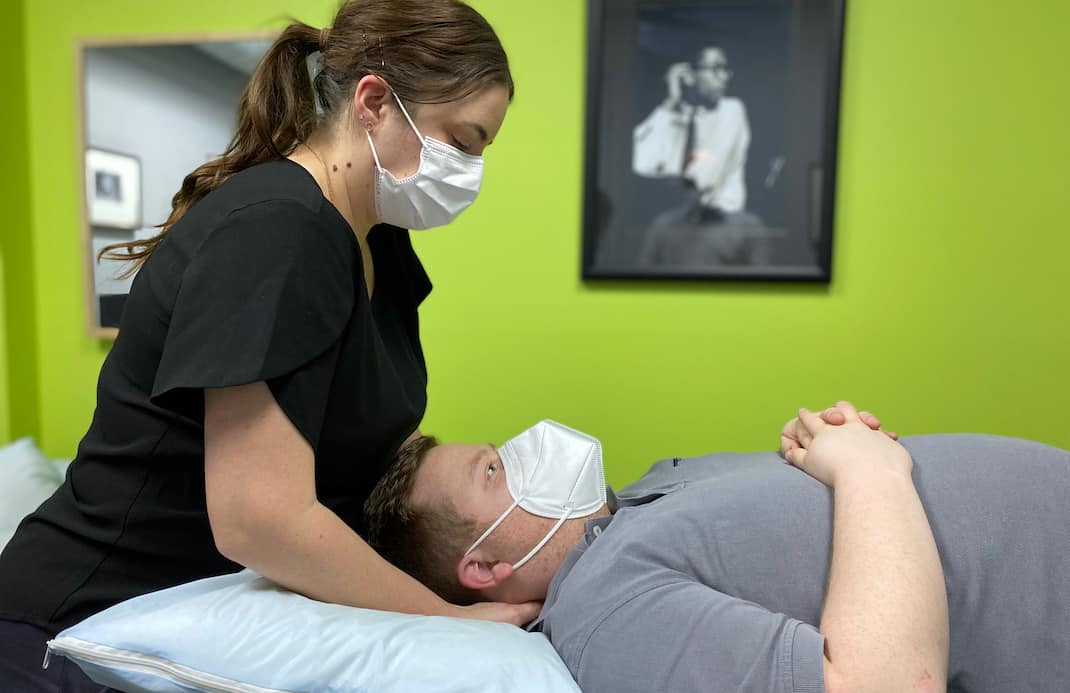In recent times, the use of the term ‘neuroplasticity’ has been widespread.
Neuroplasticity means the way in which the nervous system is ‘plastic’ or changeable. It had long been thought to be pretty rigid and unchangeable, but we now know that isn’t true, and in fact remains plastic right up until we die.
There are fabulous examples in the great book ‘The Brain That Changes Itself’ by Norman Doidge of the consequences of this, both good and bad. If you would like to read a book that is really inspirational, go and get it. It is so popular that you can get it in every airport bookshop these days. Imagine that, neuroscience in the bestsellers list!
A simple example of neuroplasticity is what happens when you learn a regular, every day skill.
If you practice a skill like driving a manual car, it starts out as a very conscious task requiring your full attention and you make mistakes along the way.
With practice, this extremely complex task (from a neuroscience point of view) becomes a completely unconscious job that can be done at a high level of skill while performing another task simultaneously, like talking at the same time (but not texting – watch this very cool experiment)
A darker example of neuroplasticity is that of persistent pain. In the same way that the practice of the above skill means you get better at it, one of the key processes that underpins persistent pain is that the central nervous system (ie the brain and spinal cord) get better and better at producing an output, ie the experience of pain.
If anything (stress, lack of movement, loss of strength, bosses/health professionals with a lack of empathy, lack of satisfaction in work or life in general, anger, frustration, previous experiences of your own or the stories that someone else tells you about their neighbour who ended up in a wheelchair etc etc…..) facilitates that, it helps improve and strengthen the learning of the ‘skill’ or the output. Therein lies the problem of persistent pain.
A sidenote:
One of the key breakthrough moments for anyone that suffers from persistent pain where it can’t be solely explained by what is happening in the tissues (by the tissues, I mean the back, the knee, the foot etc) is that moment when they start to see that their pain is not only about their tissues anymore. Having said that, it usually takes a while to really ‘get it’.
‘So you are saying that it is all in my head?’ is a question that is often asked. The answer is ‘yes and no’. Let me explain!
What is important here is that when we are talking about the brain, maybe think of it as the central nervous system (the brain and spinal cord). We are talking about the biological processes of what happens in your body, not whether you have a psychological or psychiatric issue or not.
Your all-knowing and amazing organ that is the brain is totally responsible for whether you do or whether you don’t have an experience of pain, 100% of the time with no exceptions. This is completely regardless of what is happening in the tissues.
So getting back to neuroplasticity……….
Neuroplasticity is summarised by the term ‘neurons that fire together wire together’, that is – the more that a task it done and a group of neurons are involved and fire, the more their ‘wiring’ will strengthen.
It is what allows people to recover from stroke, some mental illnesses, persistent pain and mulititudes of other problems.
So what does this mean for you?
Keep challenging and feeding your brain!
- learn juggling
- learn a new language
- read a new book
- do a movement differently
- drive home a different way
- search out new sights, smells and tastes.
Your brain will love you for it!
I would love it if people would post on Facebook any other things that they do that might help encourage a healthy brain www.facebook.com/AdelaideWestPhysio!















